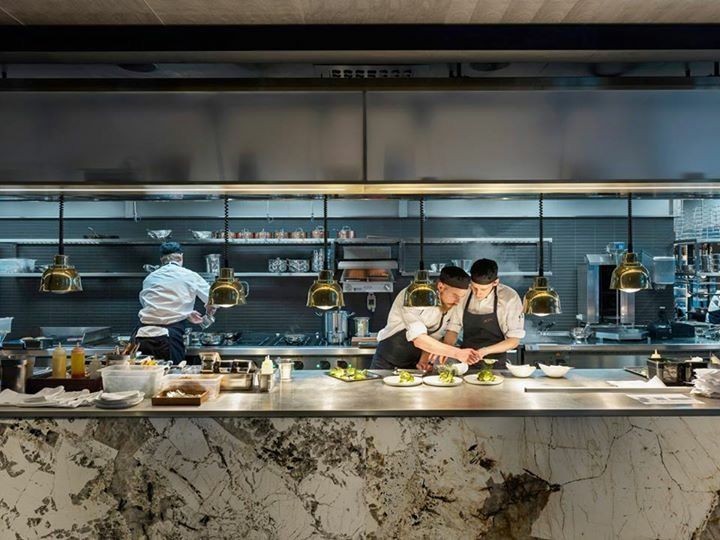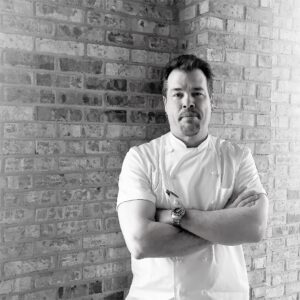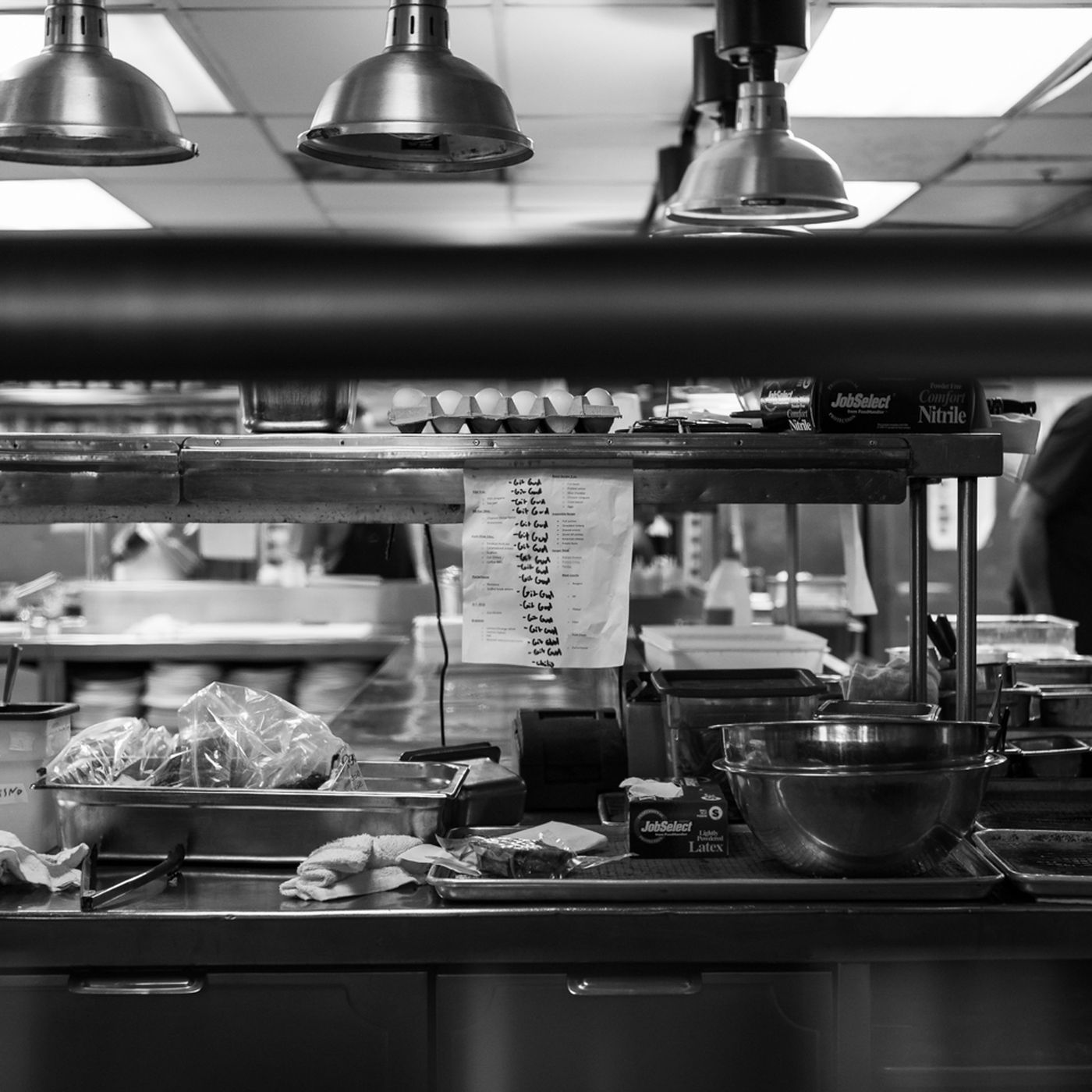In the ever-evolving world of dining, some restaurant concepts not only survive but thrive, becoming iconic in the process.
To gain insights into the ingredients of their success, this case study delves into a selection of successful restaurant concepts, dissecting their key elements and strategies. By examining what sets these restaurants apart, we can extract valuable lessons for aspiring restaurateurs and concept developers.
1. Shake Shack: The Casual Fast Food Revolution
Key Elements:
- Simple and Quality Menu: Shake Shack’s menu is streamlined, focusing on a few key items like burgers, hot dogs, and shakes, ensuring consistency and quality.
- Community Engagement: The brand engages with the local community, often using regional ingredients and supporting charitable causes.
- Distinctive Aesthetic: Shake Shack’s modern, minimalist design creates a recognizable and inviting ambiance.
Lesson: A focused menu, community engagement, and a distinct aesthetic can help create a memorable restaurant concept.
2. Noma: The Culinary Journey
Key Elements:
- Innovation: Noma continually pushes culinary boundaries, experimenting with foraged ingredients and unique techniques.
- Narrative Dining Experience: The restaurant offers a story-driven dining experience, allowing diners to connect emotionally with the food.
- Sustainability: Noma prioritizes sustainability, sourcing ingredients locally and championing ethical practices.
Lesson: Innovation, storytelling, and a commitment to sustainability can elevate a restaurant concept to a world-renowned level.
3. Sweetgreen: The Healthy Fast-Casual Movement
Key Elements:
- Customization: Sweetgreen allows customers to customize salads, promoting personalization and catering to diverse tastes.
- Transparency: The brand emphasizes transparency in sourcing and nutrition, building trust with health-conscious consumers.
- Tech Integration: Sweetgreen utilizes technology for efficient ordering and pickup, enhancing the customer experience.
Lesson: Offering customization, transparency, and leveraging technology can make a restaurant concept appealing in the health-conscious fast-casual sector.
4. Alinea: The Art of Molecular Gastronomy
Key Elements:
- Experimental Cuisine: Alinea is known for its avant-garde molecular gastronomy, creating dishes that challenge traditional perceptions of food.
- Unique Dining Experiences: The restaurant offers immersive and interactive dining experiences, making each visit memorable.
- Continuous Innovation: Alinea consistently evolves, pushing the boundaries of culinary artistry.
Lesson: Experimentation, immersive experiences, and a commitment to innovation can establish a restaurant concept as a pioneer in culinary arts.
5. Momofuku: The Culinary Empire
Key Elements:
- Diverse Concepts: Momofuku’s success lies in its diverse portfolio, spanning multiple cuisines and dining experiences.
- Collaborations: The brand collaborates with renowned chefs and creators to stay fresh and relevant.
- Accessible Luxury: Momofuku provides an elevated dining experience without excessive formality, appealing to a wide range of customers.
Lesson: Diversification, collaborations, and creating accessible luxury can lead to a restaurant concept’s growth and sustainability.
Conclusion
These case studies reveal that successful restaurant concepts share common elements such as innovation, storytelling, commitment to quality, customization, and engagement with the community. Aspiring restaurateurs and concept developers can draw inspiration from these key elements to craft their own unique and prosperous restaurant concepts. While each concept has its own recipe for success, the overarching lesson is clear: a strong vision, creativity, and a deep understanding of customer preferences are vital ingredients for creating a dining destination that stands the test of time.




